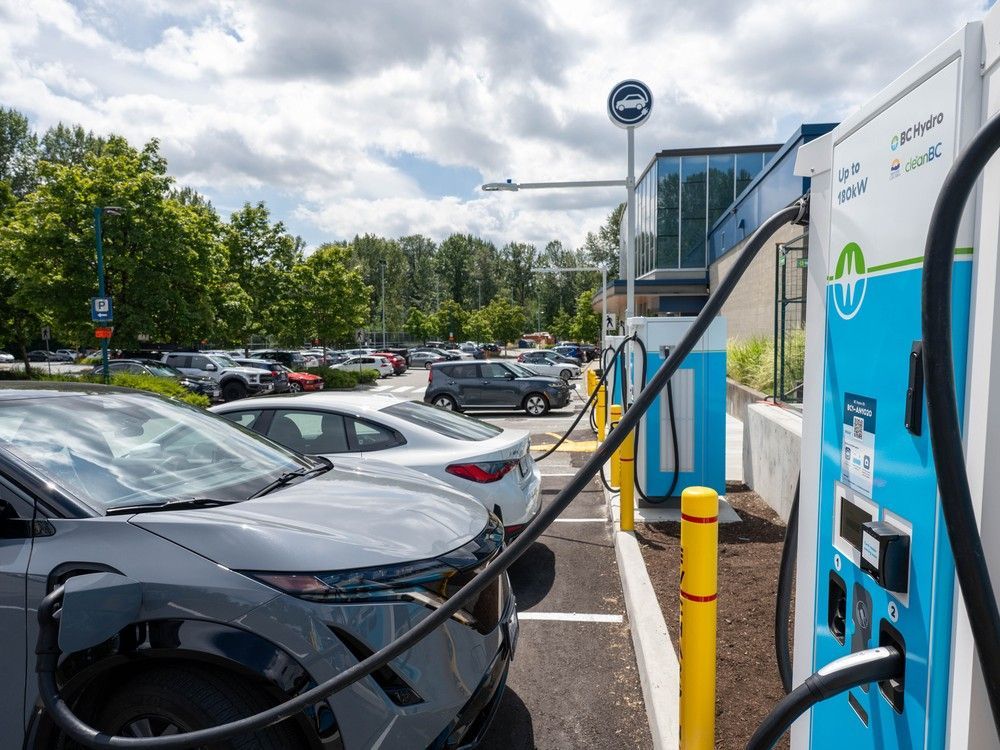The current surge in electric vehicle (EV) sales in the U.S. is a critical moment for the automotive industry, driven by the impending expiration of the $7,500 EV tax credit. As buyers rush to secure their purchases before the deadline at the end of September, JD Power projects that EVs will represent 12.8 percent of all U.S. sales in August, a significant increase from the previous year. This spike, however, is not indicative of a sustainable trend; analysts warn of a potential downturn following the tax credit's expiration, which could lead to a "payback effect" where sales decline sharply as incentives fade. The dynamics of this sales slump will largely depend on how automakers and dealers respond, particularly in light of ongoing pressures from tariffs and market competition.
Looking ahead, the long-term outlook for EV sales remains cautiously optimistic, despite the current challenges. Industry experts emphasize that advancements in battery technology, charging infrastructure, and vehicle affordability will continue to drive consumer interest in electric vehicles. While the U.S. market currently lags behind global counterparts, with EV adoption at around 8 percent compared to over 25 percent in other regions, the potential for growth is significant. U.S. automakers must innovate and adapt to maintain competitiveness against international players, particularly in the face of rising Chinese EV dominance. The transition to electric vehicles is not merely a trend; it represents a fundamental shift in the automotive landscape that requires strategic foresight and investment from manufacturers to thrive in an increasingly electrified future.








